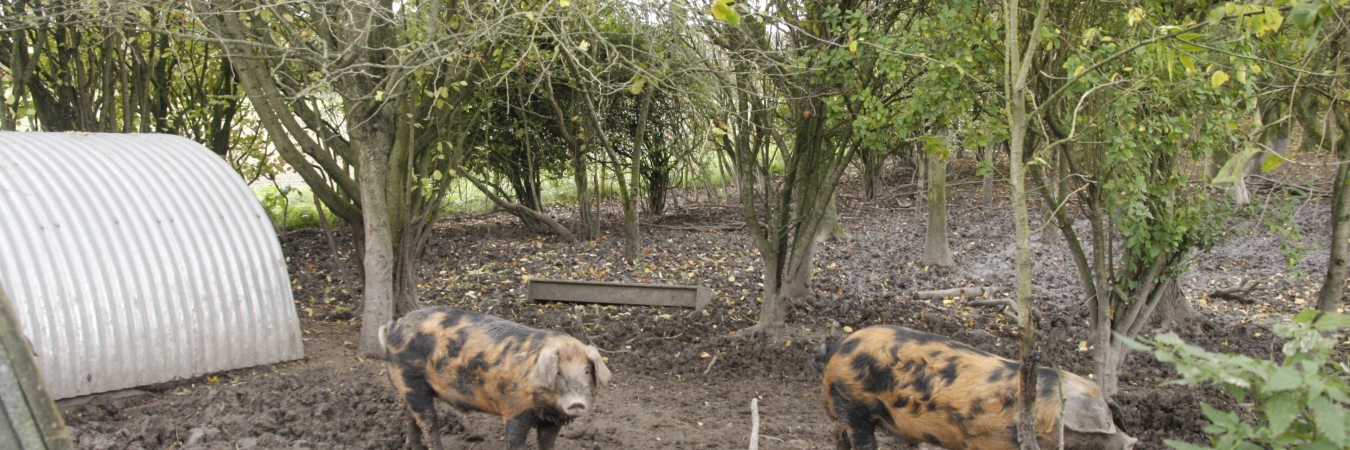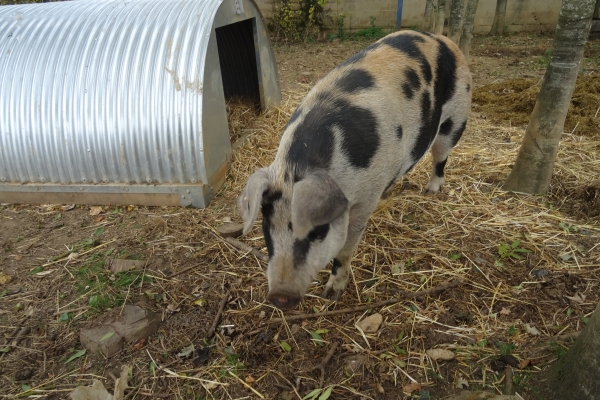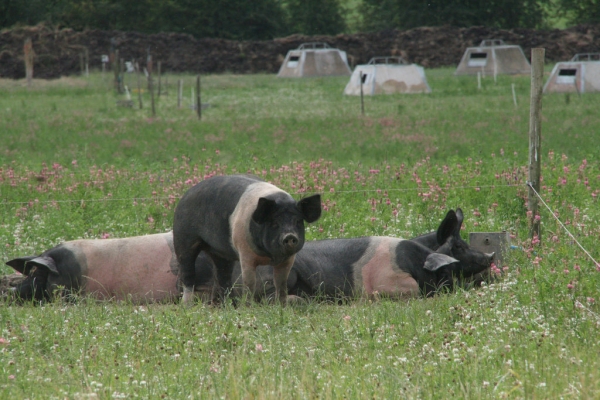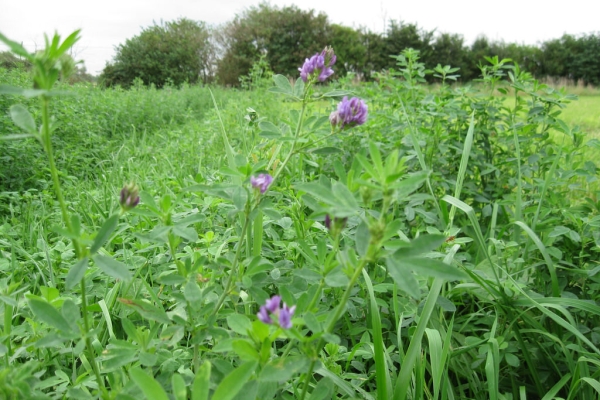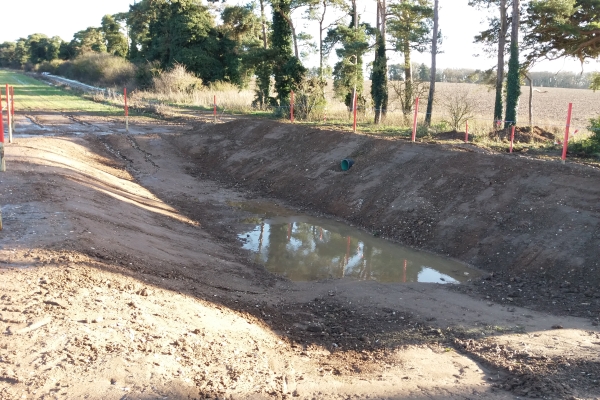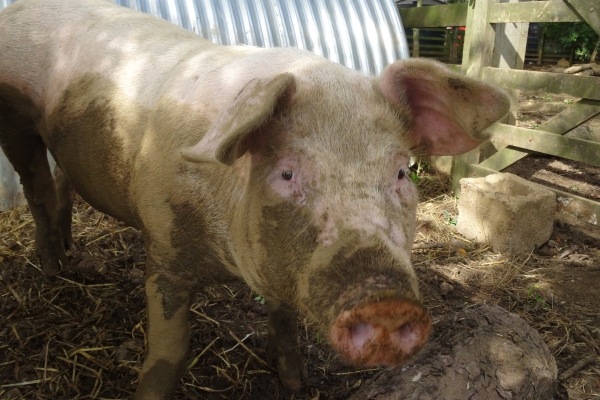Welfare and environmental impact of organic pig production
A collection of factsheets
Resource explained
This FiBL handbook contains 29 factsheets created within the POWER project. It is split into chapters presented under four major themes. The first focusses on management of outdoor areas, the second on piglet welfare. The third covers ‘best practice’, illustrating how access to pasture, forage use and vegetative cover can be optimised in different systems. The farms in this section have undertaken a life cycle analysis, assessing animal welfare, environmental impact and productivity. The fourth theme covers innovative practices including mobile pig housing for both small and large groups, on-field farrowing units, and a woodland-based system for breeding and rearing pigs in Italy. The latter system illustrates how woodlands can be managed with ecological sensitivity and be productive whilst offering high animal welfare. The factsheets give background explanations, lists relevant legislation and the topic’s relevance for animal welfare, environmental impacts, and look at cost and labour implications.
Findings & recommendations
- This handbook aims to create a common toolbox of knowledge-based strategies for organic pig producers and presents best practice examples from across Europe for inspiration.
- Although pasture-based systems are covered, farms represented in the manual are based in countries where it is common practice to manage organic pigs indoors with outdoor yards, so the first two themes address some focus areas of less relevance to UK pig farmers. The factsheets are however still useful for other information they contain including how to manage heat stress (1.4) or how heat influences ammonia emissions (1.5).
- Addressing welfare, environment and cost issues together is welcome since it acknowledges the importance of the three main ‘partners’ in any animal farming system and may support more holistic on-farm decision making.
- Findings include the carbon footprint per kg of weaned piglets showed a large range, reflecting differences in litter size, land availability, ground cover, manure management and imported feed.
- Factsheet 2.5 covers the importance of good gut health and the value of pre- and probiotic supplementation for feed digestibility, efficiency and immune status, and includes a useful recipe on fermenting woodland litter for adding to drinking water.
